Video
Tirohia ki tenei.
Ko toku mahi tuatahi i runga i te Sketchup....
Neati Ngati!!
1 note
·
View note
Photo
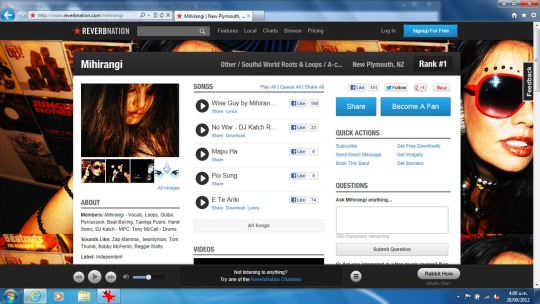
Web Design 4:
This page of the Reverbnation website is formated like other social networking sites, using 3 centrally located columns, allowing the viewer easy access to information. The white backgound and strong colour used help highlight important content. Although there is alot to look at the simplicity of the central layout is a good contrast.
0 notes
Photo

Web Design 3:
The Groundation website uses a few features to achieve maximum impact for the viewer. With a navigation column and main content column it is easy for the viewer to access the relevant informtion. The top section is seperated by Groundations bold logo and the strong branding of other supporting/contributing websites. The contrasting colours in the main text assists the reader with navigation also giving the viewer multiple means of accessing other areas of the site.
0 notes
Photo
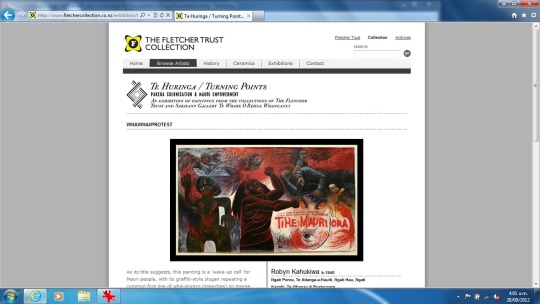
Web Design 2:
Te Hurihanga/Turning Points is a website which again uses a central layout with 2 coloumns to discuss the content of the exhibition provided by The Fletcher Trust Collection. Te Hurihanga has a simple navigation bar and colour palate, however, the top section unfortunately does not emphaise the passionate intent of this page (Pakeha Colonisation and Maori Empowerment) as your eye is drawn imediately to the central image.
0 notes
Photo

Web Design 1:
The Taranaki Arts Festival Trust Website has a simple layout with the branding/logo being the emphasis of the top section. The background draws your eye to the main content in a single column used providing information about the organisation. This site also placed bold logos on a gradiated bar emphasising the icons for the types of services TAFT provide.
0 notes
Video
Miharo te tutaki i a Ian, na te mea e maha nga pukenga i akongia e matou i runga i te powerpoint. Na reira titiro ki tenei...
0 notes
Photo
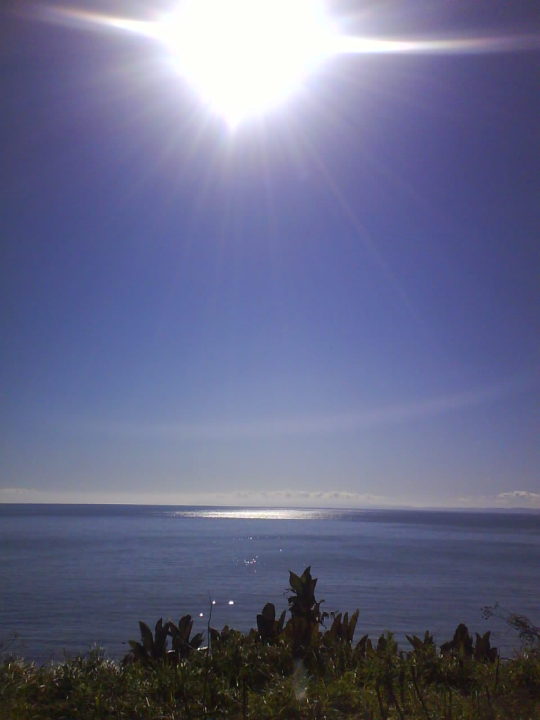
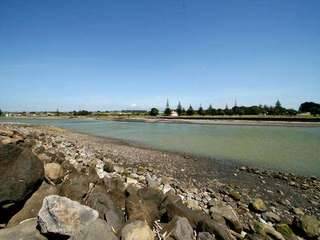
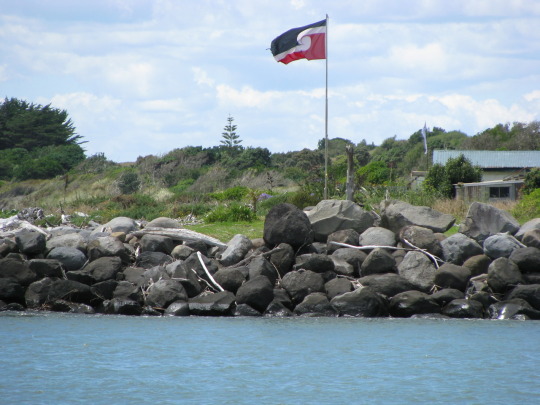
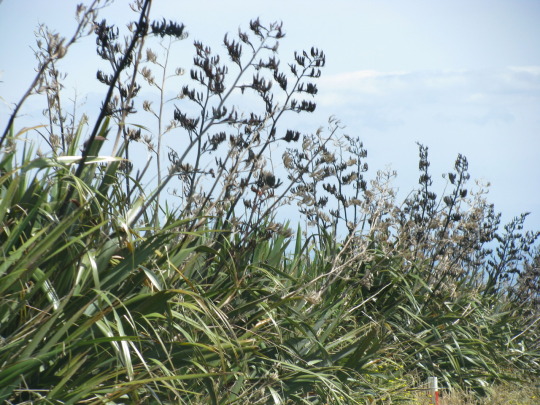
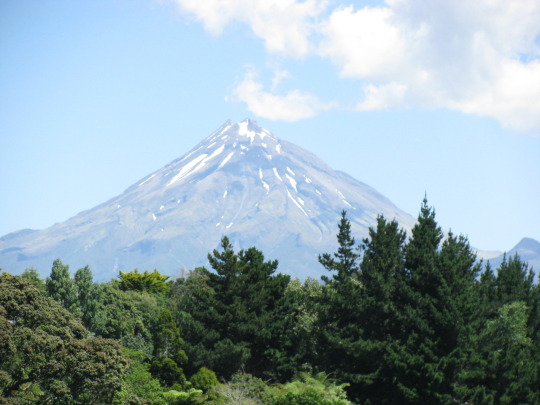
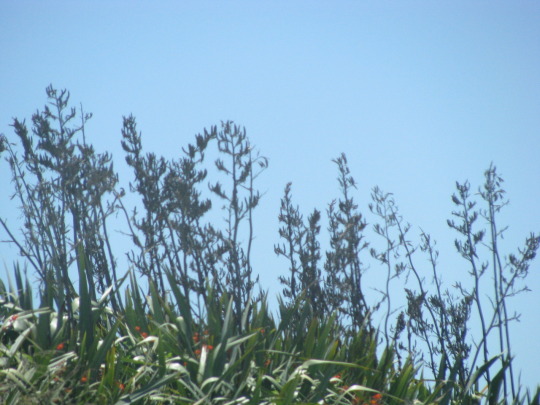
Tata ki te wa kia hoki atu ki te papakainga. Aue kore taea te tatari ai!!!
0 notes
Photo
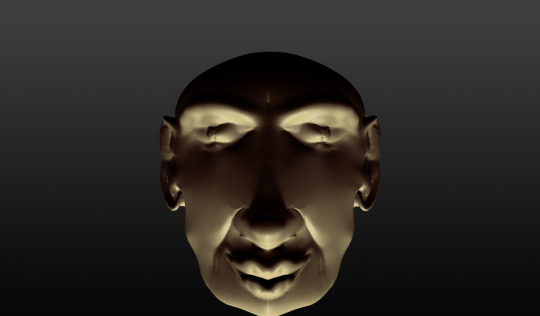

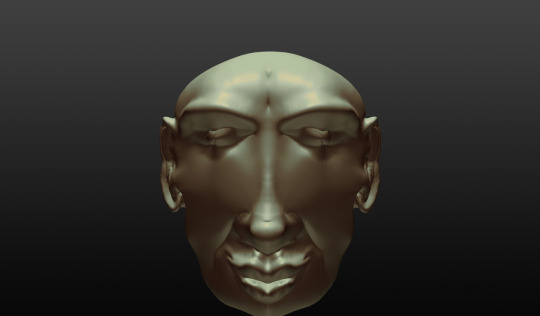
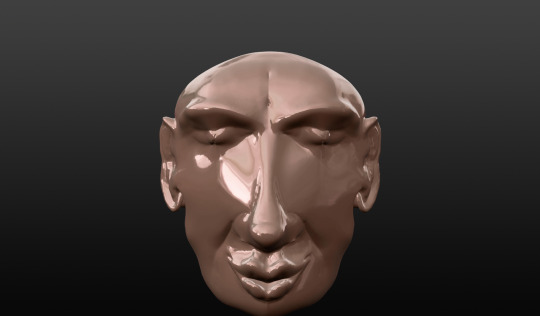
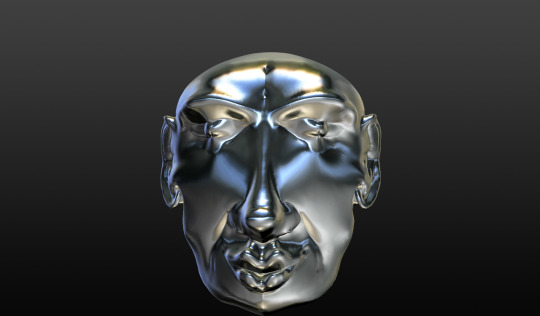
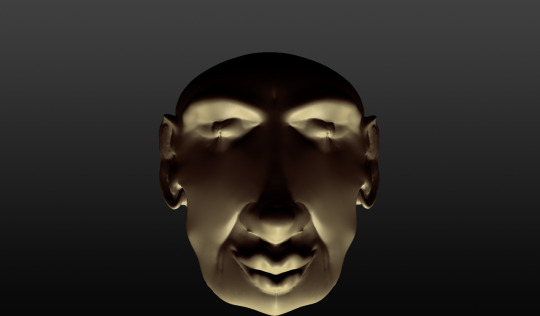
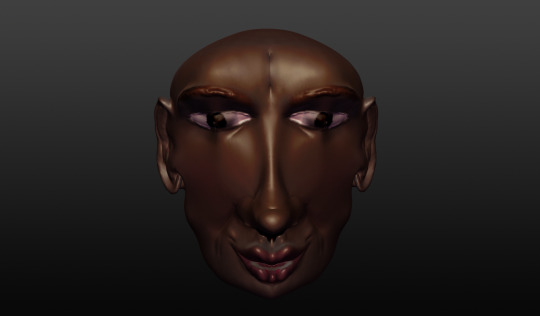
Anei nga mata ahutoru. He hatakehi tenei mahi. E roa rawa hoki te wa, ka taea e koe te noho ki te takaro i tenei tumomo ataata. Tau Ke!!
6 notes
·
View notes
Photo

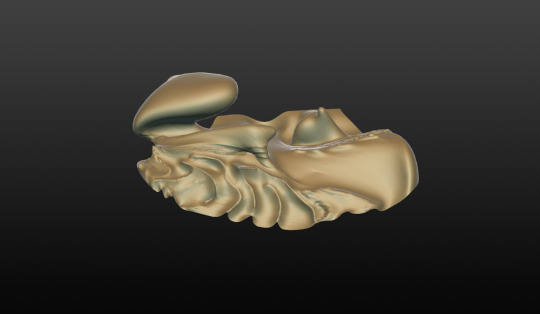
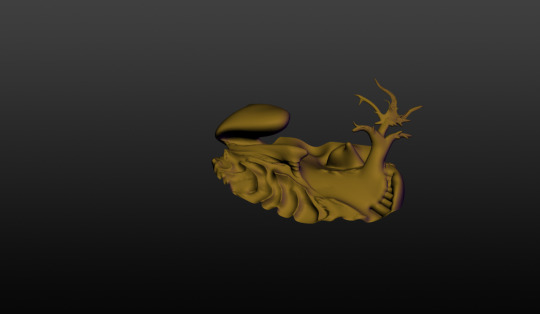

I muri i te akoranga hanga kanohi i tutu haere matou i te ahuatanga o te whenua.
I timata mai i te ahuahanga o te Marama, aa, i whai haere i nga tohutohu kia hanga he whenua hou. I timata mai i nga puke me nga roto, aa, i tangia he arapiki, he rakau me tetahi taiapa.
I whakaatu mai a David me pehea te tapiri "texture" hoki ki a matou mahi.
MIHARO!!!
0 notes
Photo
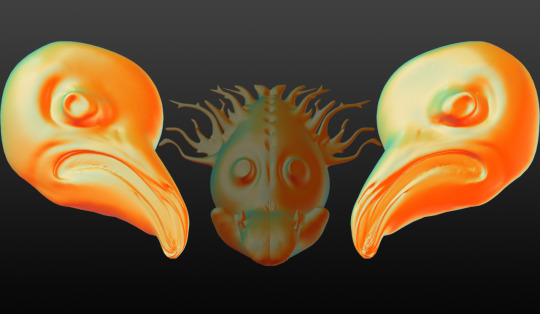
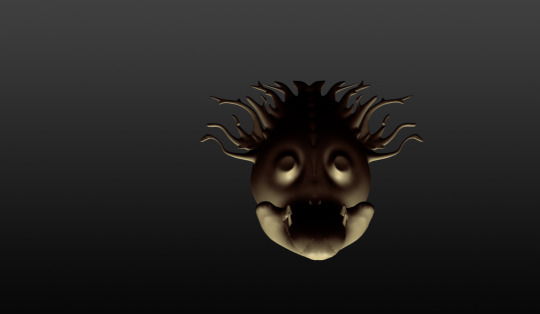
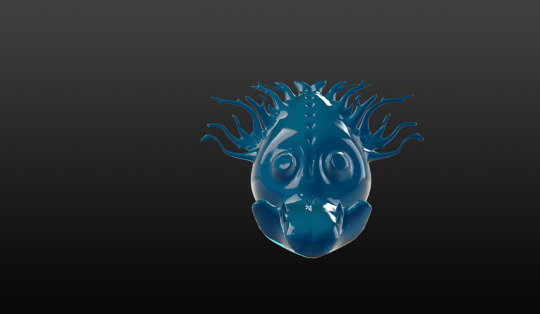
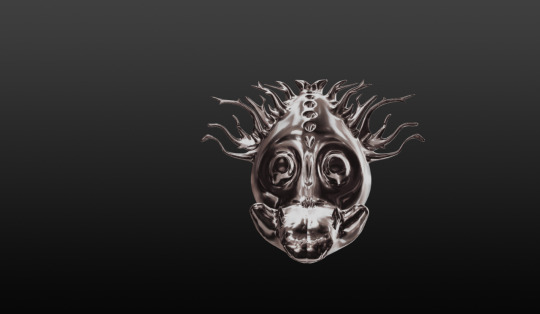

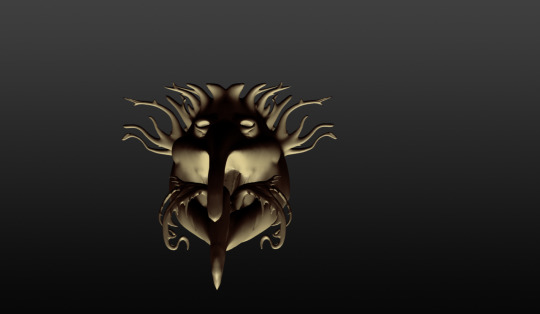
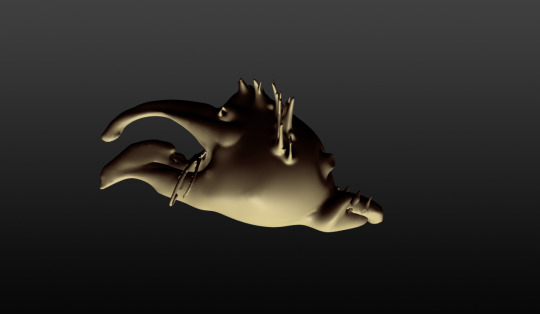
Introduction to Sculptris:
Miharo rawa nga mahi o te ra nei!!! Nga mihi nunui ki a koe David mo tou awhina i te tutu haere i tenei mea ataata. Awesome experience today!!! Thanks heaps David for all your help while we were "playing" with this programme.
5 notes
·
View notes
Photo
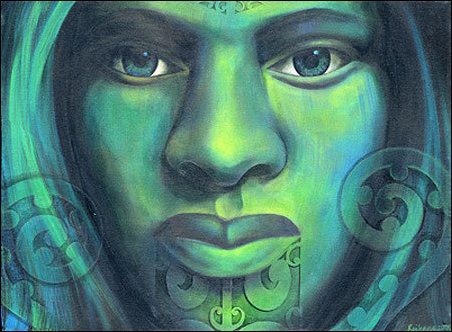
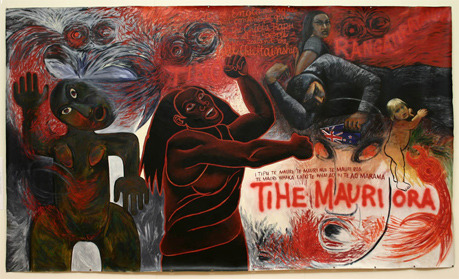
“Thinking about art”
Robyn Kahukiwa and Theresa Reihana share similar views of Mana Wahine – Feminine Empowerment, Identity, Style, Function/Symbolism and Cultural context as depicted in the pieces selected above.
Identity:
Who is the artist or is the artist unknown?
Ko Ngati Hine te Iwi
Ko Motatau te Maunga
Ko Waiomio te Awa
Ko Miria te Marae
Ko Te Rapunga te Whare Tupuna
Ko Kawiti te Rangatira
Tona Kainga noho, ki roto te rohe o Ngati Kahu, o Te Hiku o te Ika.
Ko Theresa Reihana te ingoa o te kaimahi tuatahi.
Theresa Reihana began painting in 2001 after returning to her homelands in the Far North, where she also teaches art wananga style at the request of local iwi and educational institutions.
Ko Ngati Porou, Te Aitanga-a-Hauiti, Ngati Hau, Ngati Kanohi, Te Whanau A Ruataupare ona iwi. I whanau mai aia i te tau 1938 kei Ahitereiria. Engari i hoki mai aia ki Aotearoa i tona taitamarikitanga i te tau 1959. Ko Robyn Kahukiwa te ingoa o te kaimahi tuarua.
Robyn Kahukiwa began her artistic career in Greymouth in 1968, and proceeded to tour the world exhibiting her work for various audiences and influencing indigenous artists and female activists alike.
What period or style is it?
Theresa Reihana often combines realistic features with contemporary or abstract to portray reality, the present with spiritual aspects and the past.
Robyn Kahukiwa is also a contemporary Maori artist drawing on personal and historical experiences that sometimes portray issues of contention within New Zealand society.
What is the name of the artwork?
Tipu Hou is the name of Theresa Reihana's piece.
Tihe Mauriora is the name of Robyn Kahukiwa's piece that was commissioned in 1990 as part of an exhibition by The Fletcher Trust Collection called Te Hurihanga - The Turning Points that raised awareness of Pakeha Colonisation and Maori Empowerment.
To what culture does it belong?
Both pieces are heavily influenced by Maori Culture, as both artists are Maori, who have grown up and developed as artists within Aotearoa during the 20th Century.
Of what material/medium is it made?
Tipu Hou is an oil painting on hardboard, while Tihe Mauriora is an oil painting on unstretched canvas.
What is its subject matter?
It has been said that Theresa Reihana’s work reflects her Maori cultural heritage and she has an association to the natural elements, often using female subjects or forms in the role of guardians, nurturers and sustainers which relates to her role as a mother and the influence kuia have had throughout her life, reiterating the linking theme of Mana Wahine which is present in both pieces.
The work of Robyn Kahukiwa is a call to all Maori women to take responsibility for their own development, her experiences and history of women’s rights within Aotearoa calls upon Maori women to rise up against a patriarchy brought by a foreign culture that has in homes, schools and churches, both subtly and overtly, brought oppression.
Style :
How big is it? Does its medium affect the quality?
Tipu Hou is a 600x400mm oil painting on hardboard.
Tihe Mauriora is a 2100 x 3580mm oil painting on unstretched canvas
Although both pieces are oil paintings this medium allows for different interpretations of the emotions involved in creating the pieces. Reasons being that, the quality of the piece is enhanced by the size and textures established through using an oil medium.
What are its formal elements (line, colour, composition, etc.)?
Tipu Hou has a singular focal point being that of the staunch female face, while Tihe Mauriora has a more progressional composition where the eye follows the movements of the figures involved. Both pieces use complimentary colour pallets to emphasise the messages they portray. Tipu Hou uses cool colours to highlight the nurturing/caring/life giving aspects of Wahine, while Tihe Mauriora uses hot colours to accentuate the energy/ ambition/passion required of Wahine to make change within a sometimes hostile society. The vigorous brush strokes covering most of the surface contrasts with the smoother severely outlined central female figure that is thrust towards the viewer.
Is it abstract, naturalistic, idealistic, realistic, or a combination? How is the subject being depicted?
I believe both pieces use a combination of abstract and realistic techniques in order to depict their subjects as Robyn Kahukiwa’s composition is a stark contrast to that of Theresa Reihana’s natural elements. However both pieces use heightened emotions to assist with the portraying of their messages, in order to evoke thought and possible action by their intended audiences.
What is the origin of the style? - Is it a combination of cultural styles?
The style origin of both pieces is firmly rooted in Tikanga Maori, and the resurgence of Tino Rangatiratanga.
Function / Symbolism :
What was it used for? Why was it made?
There is a prominent use of kowhaiwhai tohu – maori patterns in Theresa Reihana’s work. Thus symbolising the pitau or fern frond that represents the life force of nature and our connection to Papatuanuku, our Earth mother - the carer, the protector, the provider of life.
As the main figure is a female face this again reinforces the strength and inspiration gathered from our environment and the influence women have had in Maori society as she wears a moko kauae – the female chin tattoo, symbolising prestige and respect achieved within their community.
Although Robyn Kahukiwa has a strong use of Maori symbolism in her work the emphasis is more on the explosive or emotive language used. “Tihe Mauri Ora” is a prominent phrase used to begin whaikorero which literally means “I give to you the breath of life” thus symbolising the call for change being required "The Life Force is growing, becoming larger, into the World of Light." At the top of the painting is a quotation from the Maori version of the Treaty of Waitangi and its English translation, which refers to Tino rangatiratanga (chieftainship) being retained by Maori. This emphasis is not included in the official English version of the treaty document. As “Tino Rangatiratanga” is the next protruding phrase from this piece it again recognises the injustices of Mana Wahine through colonisation, and the vulnerability of women as a result of this unbalanced partnership.
It is sacred or secular?
I believe these two pieces have elements of both within their composition. Spirituality is a prominent theme with the use of Traditional Maori Kaitiaki – guardians, like Papatuanuku- Earth Mother and Tane Mahuta-God of the Forest.
Does it communicate a message? Is it asking for something? Does it contain symbolism? What does it mean?
The underlying message of Tipu Hou asks the viewer to reflect on their actions towards or as Mana Wahine. Tipu Hou literally means new growth, emphasising the changing state of Mana Wahine within Aotearoa and the importance of strength and inspiration for the younger generations positive role models.
The main message Tihe Mauriora portrays is that Maori women must take the first step to initiate change to regain a harmonious balance. The central figure of the present-day wahine is linked to the past by the figure of a traditional woman whose hand is raised in karakia on the left. She in turn is linked to the future by the representation of a mixed-race child in the background on the right. Kaitiaki -guardian spirits fly from both women towards the child as if to protect it from future harm as a result of colonisation and oppression. The sleeping figure holding the New Zealand flag is shown submissive to the changes presented by the central figure, whose movements again represent strength.
Cultural Context :
What was happening historically, politically, socially, religiously, intellectually, and/or economically at the time it was made?
There have been many events within the timeframe of these compositions. Both artists have identified a socially political stance within their work, reiterating the influence of historical events such as the signing of The Treaty of Waitangi 1840, Civil and Women’s rights 1970s, the resurgence of Te Reo Maori and Maoritanga in the 1980s and the effects of changes to governmental policies during each of these periods.
What were qualities of life at the time and place the piece was made that may have affected its function and style?
Theresa and Robyn both identify different struggles they have faced within their development as artists and also as Mana Wahine Maori – Empowered Maori Females. However these personal or social struggles have heightened the messages they portray within their work, and added depth of meaning and significance to each piece.
Do historical events or overall aesthetic tastes relate to the image/story depicted?
Art is a form of documenting events throughout history, story-telling using emotions and perspectives to add to the richness of the images depicted. Both historical events and aesthetic tastes influence and enhance the quality of the stories being told, which are always open to different interpretation depending on the audiences experiences, beliefs and values.
16 notes
·
View notes
Text
Pencil
I ako ai matou me pehea te whakamahia i te ataata o Pencil hoki.
I whakarite nga whaakaahua mai i nga mahi i raro i a Matua Allan hei tetahi tumomo "freeze frame video".
Ko te painga o tenei mahi, ka taea e nga akonga katoa te whakamahi i te kamera me nga taputapu taa, kia hanga he paku whakaaturanga.
I hono ai toku nei whakaaturanga akuanei.....
Mau tonu mai :)
4 notes
·
View notes
Photo

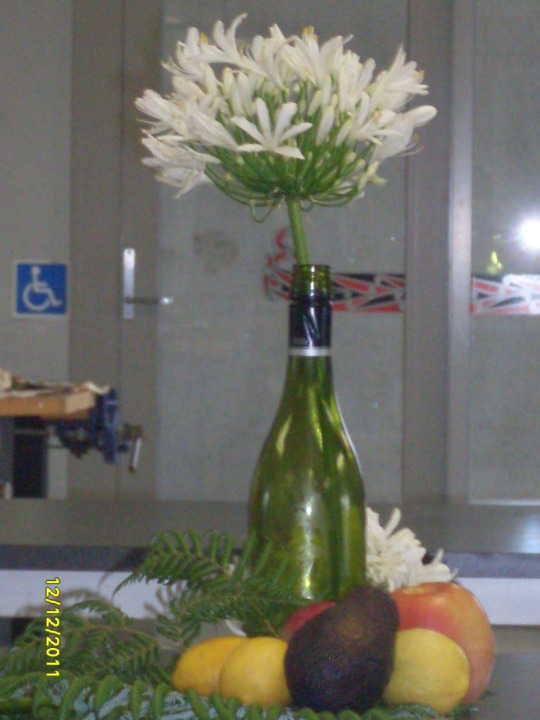
I tau mai a Matua Allan mai i a Hungry Creek Art School i tenei wiki hei whakaako matou me pehea te whakarite i nga whakaahua Charcoal. Ahakoa he paruparu enei mahi he mahi hari. I ako ai matou etahi tikanga taa, pera ki; "observational drawing", "blind drawing" me te "blocking in".
Anei te whakaahua whakamutunga.
0 notes
Video
youtube
Tu tonu a Maunga Taranaki i raro i te aroaro o nga hau e wha o te Tai Hauauru...
0 notes
Text
Te Po
I te tuatahi ko te po!
In the beginning there was darkness!!
ko te kore, ko te ao marama!!!
Then there was nothingness, then there was the light!!
Kia ora ra te whanau,
ko tenei te wa tuatahi ki te paoho ki te ao whanui.
Aue taukiri e!!!
Kore he mutunga o te pai o enei mahi hangarau.
Huri noa i ahau nei nga kaiako e ako ai i nga tikanga me nga ture o te hanga korero nei.
0 notes